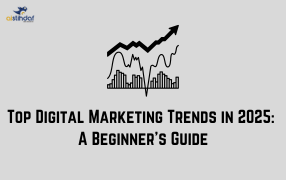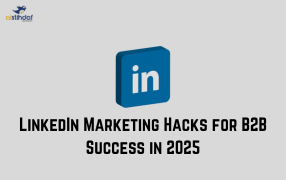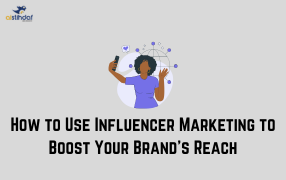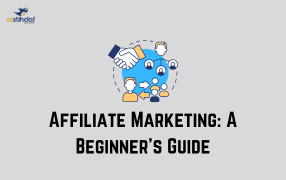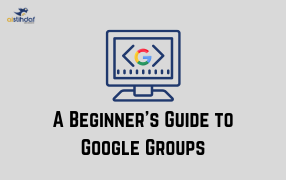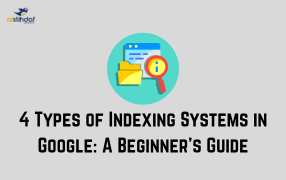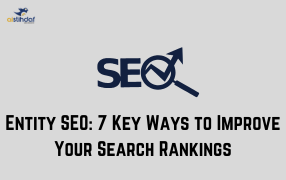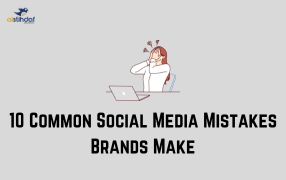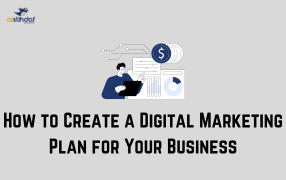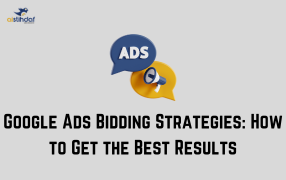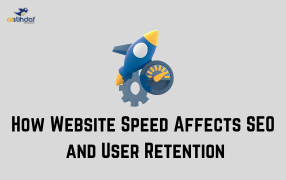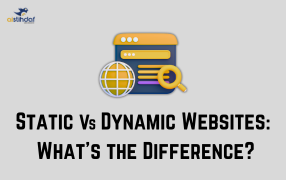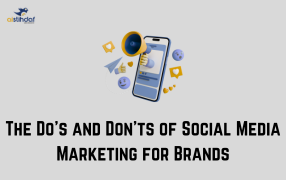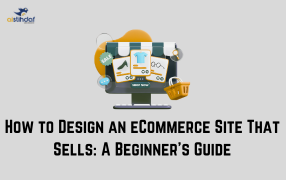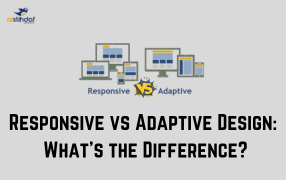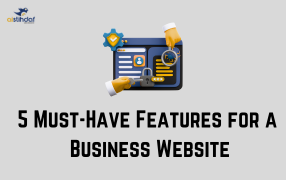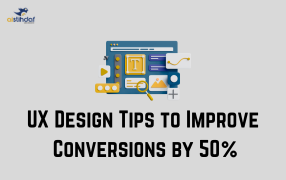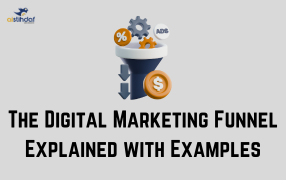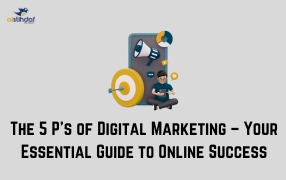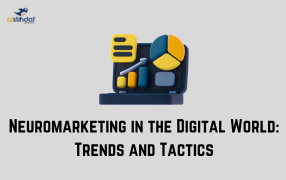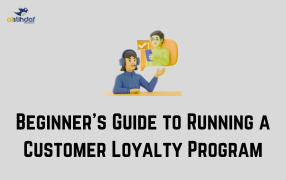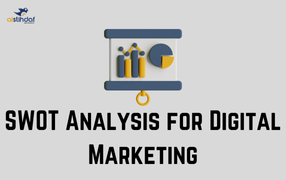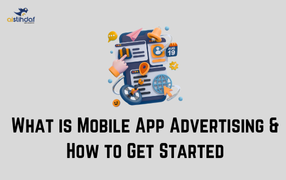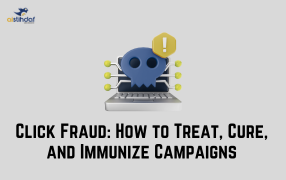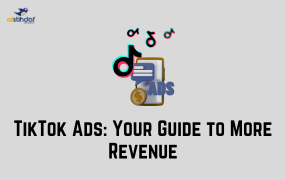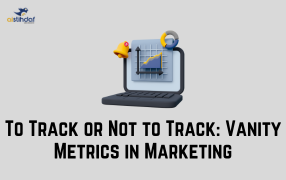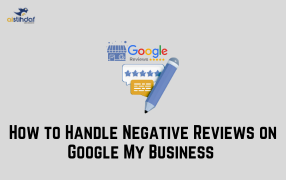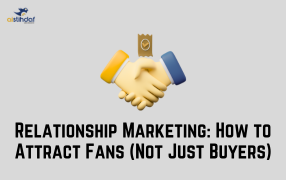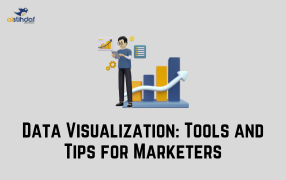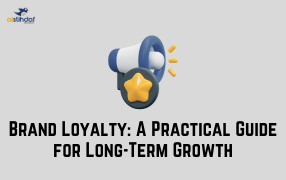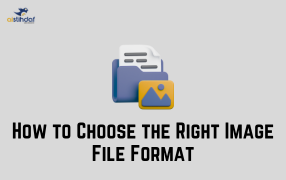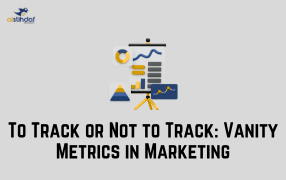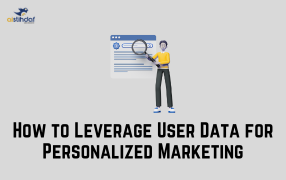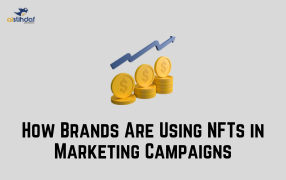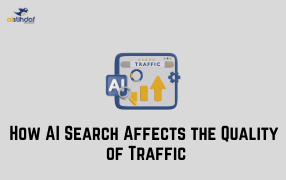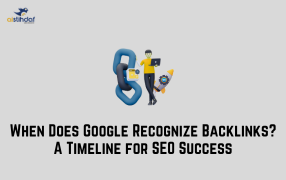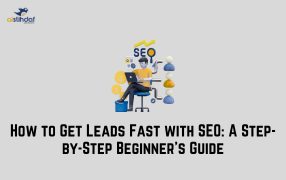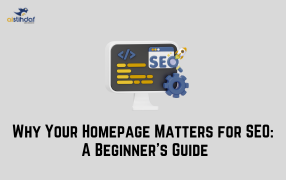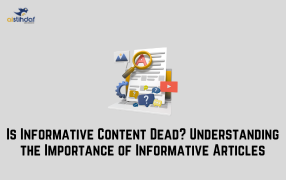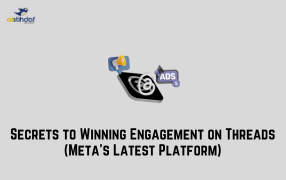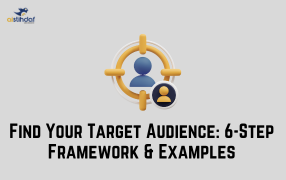
Find Your Target Audience: 6-Step Framework & Examples
One of the most important parts of digital marketing is knowing who you are talking to. You could have the best product, service, or campaign — but if it’s reaching the wrong people, it won’t work.
In this blog, we’ll break down how beginners can identify and understand their target audience using a simple 6-step framework, complete with real-life examples.
What Is a Target Audience?
A target audience is a specific group of people most likely to be interested in your product or service. It can be defined by age, location, gender, income, interests, problems, or behavior.
Example:
If you sell eco-friendly water bottles, your target audience might be urban millennials who care about sustainability and fitness.
Why It’s Important to Know Your Audience
-
You save time and money by focusing only on relevant people
-
Your content becomes more effective and personalized
-
Your conversions increase because your message resonates
-
You build better relationships and brand loyalty
The 6-Step Framework to Identify Your Target Audience
Step 1: Define Your Product or Service
Start by clearly understanding what you're offering and how it helps people.
Example:
You sell an app that helps students stay organized with their assignments.
So your audience is likely: students, parents, or even teachers.
Step 2: Analyze Your Existing Customers
Look at the people who already buy from or engage with you. Use:
-
Google Analytics
-
Social media insights
-
Customer surveys
-
CRM data
Ask:
-
Who are they?
-
What do they like?
-
Where do they come from?
Step 3: Study Your Competitors
Check who your competitors are targeting. Analyze:
-
Their social media followers
-
Their ad audiences
-
The tone of their content
Example:
If a competitor selling tech gadgets is targeting gamers, maybe you can target tech-savvy professionals instead.
Step 4: Create Buyer Personas
Build detailed profiles of your ideal customers.
Example:
-
Name: Riya
-
Age: 24
-
Occupation: College student
-
Pain point: Gets overwhelmed with deadlines
-
Goal: Wants a tool to stay focused and organized
Make 2-3 such personas for better clarity.
Step 5: Use Audience Tools
Tools like:
-
Meta (Facebook) Audience Insights
-
Google Ads Audience Manager
-
SEMrush / Ubersuggest
-
SurveyMonkey or Typeform (for direct feedback)
These tools help you validate your assumptions with real data.
Step 6: Test, Learn, Refine
Once you’ve narrowed your audience, test content and ads.
Use A/B testing to find out what works best — then refine your strategy.
Tip: Your target audience may evolve over time. Keep researching and adapting!
Real-Life Example
Brand: Nike
Audience: Active youth aged 18-35 who are into sports and fitness
How they target:
-
Motivational content
-
Sponsoring athletes
-
Apps like Nike Run Club
-
Community-driven campaigns
This clear audience understanding is what makes Nike’s marketing so effective.
Conclusion
Understanding your target audience isn’t just a marketing exercise — it’s the foundation of all successful campaigns. When you speak the language your audience understands and solve the problems they care about, your brand becomes unforgettable.
If you're ready to craft a laser-focused digital marketing strategy that reaches the right people and drives real results, partner with the best digital marketing agency in Dubai to take your brand to the next level.


